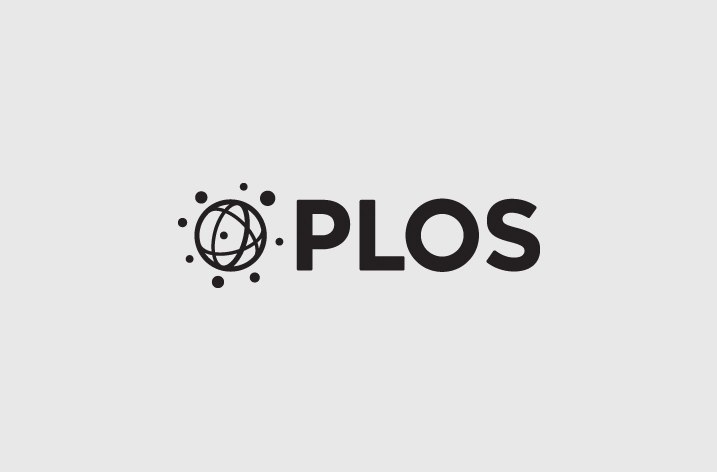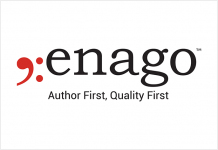
PLOS has a history of moving forward on initiatives designed to benefit diverse stakeholders, from authors, reviewers, editors and librarians to policy makers, educators and the general public. Delivering the best content to the appropriate audience is challenging and our previous website was simply not up to the task. PLOS is excited to announce that the clean design and user-friendly experience recently brought to PLOS Journals, PLOS Collections and PLOS’ new submission system for PLOS Biology authors, Aperta, is in place on the organization’s umbrella website and homepage, www.plos.org.
In all of these endeavors, the PLOS Product and Technology teams provide tools that allow quick and easy content updates, enabling PLOS Communications to be as agile as PLOS Journals in delivering fresh content to visitors of PLOS.org on a weekly basis. Read “A New Front Door for PLOS” to learn more about development of the organization’s new website, truly designed to be a front door to PLOS—from Who We Are and Core Principles to PLOS Publications, Tracking Impact and tips for a Successful Submission.
Advanced search technology provides visitors to PLOS.org easy search across all PLOS content with one click, and from the PLOS homepage Publications menu, readers can easily browse the thousands of articles in PLOS Journals, PLOS Collections and PLOS Currents.
Those interested in learning about PLOS Innovations – past, current and future – can look to Learn Where We’re Headed from the new iconography on the homepage that runs throughout the website, and those wanting a bit more detail on how PLOS works with the broader community to improve the author experience, researcher recognition or data sharing can jump directly from the Blog menu item to The Official PLOS Blog. The PLOS Blog Network has been given more prominence on the publication page; with more than 2 million readers PLOS BLOGS provides a forum for authors, scientific leaders and early career researchers to articulate and communicate their thoughts on current research and issues of interest to the broad scientific community.
To understand the discovery, enrichment and educational benefits of Open Access journals, the Why Open Access page provides a jumping off point to information on the HowOpenIsIt?® Open Access Spectrum guide, downloadable resources, general license and Research Councils UK policy information related to publishing in Open Access journals. New Get Involved! and Advocacy pages provide a range of opportunities and information on how researchers can help move Open Access forward and what PLOS itself is doing in this area.
While publishing more than 165,000 articles (2003-2015) PLOS continues to transform research communication as we accelerate the time from discovery to publication, expand the means by which scientist share their ideas, use technology and the Internet to empower researchers and work to open the restrictions on credit to authors, reviewers and editors. The PLOS homepage Spotlight section is a place where readers can look to stay informed on these and other developments and the Featured Articles section offers quick access to the week’s article of interest from each journal’s homepage. Visit PLOS.org regularly to stay up to date on the latest research and the ongoing dialogue around the work, learn about opportunities to meet PLOS editors and gain a breadth of perspective on topics related to advancing science communication and the ongoing ripples of new initiatives at PLOS.























